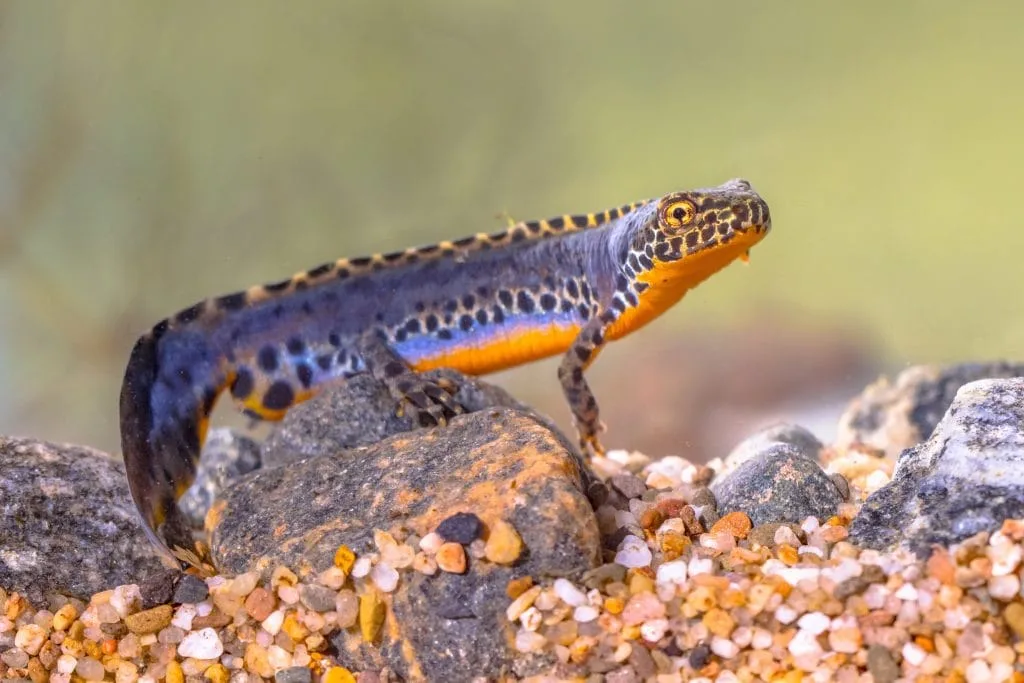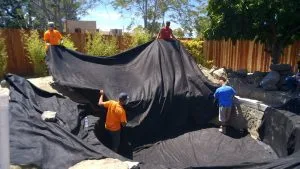
Newts for Ponds: Unlocking the Magic of Newts and Enhancing Your Pond with These Fascinating Creatures
Unlocking the Magic of Smooth Newts: Enhancing Your Pond with These Fascinating Creatures
Newts, those enchanting amphibians, have long held a special place in folklore and mythology. But there’s more to these creatures than meets the eye. By adding newts to your pond, you can create a thriving ecosystem and bring an element of magic to your backyard.
These fascinating creatures are not only visually captivating with their vibrant colors and sleek bodies, but they also play a crucial role in maintaining a balanced pond ecosystem. Newts, along with other native amphibians, feed on insects, small fish, and even tadpoles, helping to control their populations and prevent overgrowth. In return, they provide natural fertilizer to the pond, aiding in the growth of aquatic plants and promoting a healthy environment for other wildlife.
Their unique ability to regenerate limbs and even parts of their organs adds to their mystical aura, symbolizing regeneration and rebirth. By inviting these mesmerizing creatures into your pond, you are not only creating a captivating natural habitat, but also unlocking the secrets of their ancient magic.
So, why not embark on a journey into the realm of newts and discover the wonders they can bring to your pond? Transform your outdoor space into a haven of fascination and serenity with these captivating creatures.
Introduction
Newts are fascinating creatures that can add a unique touch to your garden pond. With their striking colors and intriguing behavior, it’s no wonder why many pond enthusiasts want to attract these amphibians to their outdoor space. In this article, we’ll delve into the world of newts, exploring what they are, why they’re important for your pond, and how to create a newt-friendly environment.
What are Newts and Why are They Important for Your Pond?
Newts are a type of salamander that belongs to the subfamily Pleurodelinae. There are three native species of newts in the UK: the smooth newt, palmate newt, and great crested newt. These amphibians play a crucial role in maintaining a healthy ecosystem, serving as both predators and prey for other aquatic animals. By attracting newts to your pond, you’ll be supporting the local food chain and creating a thriving environment for other wildlife.
The smooth newt, with its speckled skin and orange belly, is a common sight in many garden ponds. Palmate newts, slightly smaller and more elusive, are known for the distinctive webbing on their hind feet. The great crested newt, the largest of the three, boasts a striking warty skin and a prominent crest along its back during the breeding season. Each of these native species brings its own charm and ecological benefits to your pond.
Creating a Newt-Friendly Pond Environment
To encourage newts to visit and live in your garden pond, you’ll need to create a welcoming environment. Here are some tips to get you started:
Provide a mix of plants and features: Incorporate a variety of aquatic plants such as water lilies, cattails, and duckweed. These plants offer shelter and protection for newts to lay their eggs and provide hiding spots from predators.
Avoid adding fish: Fish can harm newts and compete with them for food. By keeping your pond fish-free, you create a safer environment for newts to thrive.
Create safe habitats on land: Newts spend part of their life cycle on land. Provide rocks, logs, and plant roots around your pond to offer shelter during their terrestrial phase.
Maintain suitable water quality: Ensure your pond has adequate oxygen levels and a balanced pH. Regularly check water quality to keep it free from pollutants and conducive to newt health.
By following these guidelines, you can create a garden pond that not only attracts newts but also supports a diverse range of wildlife.
Newt Behavior and Life Cycle
Newts undergo a complex life cycle, which includes both aquatic and terrestrial phases. Here’s an overview of their behavior and life cycle:
Newt larvae: Also known as tadpoles, newt larvae grow their front legs first and develop feathery external gills behind their heads. These gills allow them to breathe underwater as they develop.
Metamorphosis: As they mature, newts undergo metamorphosis, transforming from aquatic larvae to terrestrial adults. This process involves significant changes in their physiology and behavior.
Adult newts: Once they reach adulthood, newts become carnivorous, feeding on aquatic insects, worms, and small crustaceans. Their diet helps control the populations of these organisms, contributing to the ecological balance of the pond.
Breeding season: During the breeding season, male newts perform complex courtship displays, including vocalizations and visual displays, to attract females. These displays are a fascinating aspect of newt behavior.
Egg-laying: Females lay their eggs in aquatic vegetation, often in a protected location. The eggs hatch into aquatic larvae after several weeks, continuing the life cycle.
Understanding the behavior and life cycle of newts can deepen your appreciation for these remarkable creatures and help you create a pond environment that supports their needs.



